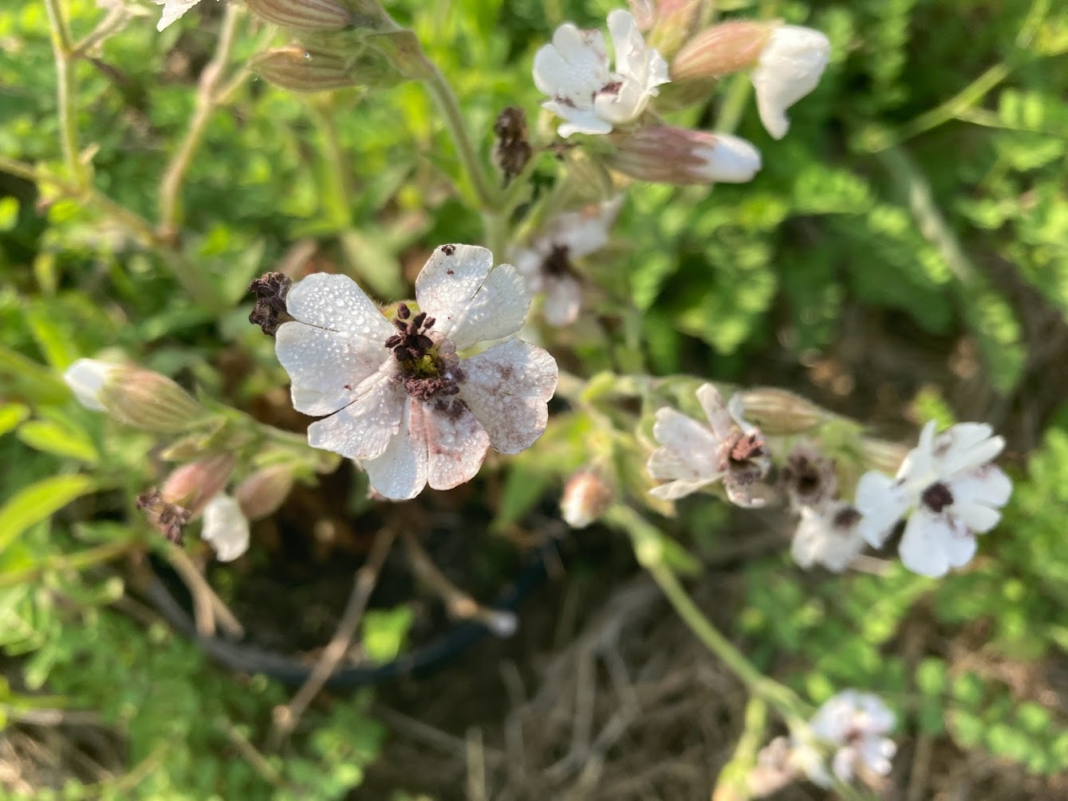University of Maryland Study Reveals Evolutionary Trade-Off for Young Plants to Develop Disease Resistance
Researchers at the University of Maryland have discovered a hidden trade-off that influences why young plants often struggle to develop disease resistance, in a study published in the journal Proceedings of the National Academy of Sciences. They found that fighting off diseases at a young age comes at a high cost, impacting growth and future evolutionary fitness, leading to a higher risk of diseases in young plants for their entire lives.
Lead: A new study on baby plants reveals that young organisms often struggle to develop disease resistance, a phenomenon puzzling both parents and scientists. University of Maryland biologists have uncovered the reason behind this mysterious pattern. The study, published in the journal Proceedings of the National Academy of Sciences on April 4, 2025, found that fighting disease at a young age comes at a steep cost, impacting growth and future evolutionary fitness. The research team, led by assistant professor of biology Emily Bruns, studied a wild plant called Silene latifolia and its relationship with a fungal disease called anther-smut.
Evolutionary Trade-Off: Why Young Plants Struggle to Develop Disease Resistance
The study found that plants with stronger disease resistance as seedlings produced significantly fewer flowers and seeds over their lifetime when grown in a disease-free field. This suggests that the costs of fighting off diseases at a young age impact growth and reproductive capabilities.
Key Findings:
• Plants with stronger disease resistance as seedlings had reduced flower and seed production
• The costs of fighting off diseases were higher for young plants compared to adults
• Male plants suffered more severe costs for disease resistance than female plants
• The costs of disease resistance impacted plant growth and reproductive capabilities
To understand this phenomenon, the researchers created a mathematical model showing that the costs of fighting off pathogens were high enough to prevent the evolution of stronger disease resistance in younger plants.
The Hidden Costs of Disease Resistance
The researchers were surprised to find that the costs of disease resistance didn’t show up immediately. Plants that invested in disease resistance as seedlings were initially fine but produced dramatically fewer flowers in their second year when reproduction would normally peak.
Quotes:
* “It’s a mystery why young organisms don’t evolve stronger disease resistance because getting sick early in life can be deadly,” – Emily Bruns
* “Trying to fight off the fungus was more difficult and resource-consuming for these baby plants. If baby plants spend it on disease defense, they can’t put it toward future growth,” – Emily Bruns
Implications for Disease Management Strategies
The team’s findings have implications beyond wild plants. Because juvenile susceptibility drives disease epidemics across many species, understanding the evolutionary mechanisms behind this pattern could inform disease management strategies in agriculture, conservation, and public health.
The researchers also hope to investigate whether disease resistance costs can be reduced by introducing pathogens to plants slightly later in life when plants establish their first true leaves.
Conclusion:
The study’s findings have significant implications for disease management strategies in agriculture, conservation, and public health. Understanding the evolutionary trade-offs that drive juvenile susceptibility could inform novel approaches to disease management, enhancing the resilience of young plants and reducing the impact of diseases.
Keywords:
• University of Maryland study
• Evolutionary trade-off
• Disease resistance
• Young plants
• Silene latifolia
• Anther-smut
Hashtags:
• #UniversityOfMaryland
• #EnvironmentalHealth
• #Conservation
• #Agriculture
• #PublicHealth
• #DiseaseManagement
• #EvolutionaryBiology
• #PlantProtection
• #ResistanceMechanisms
• #Sustainability
Source link




